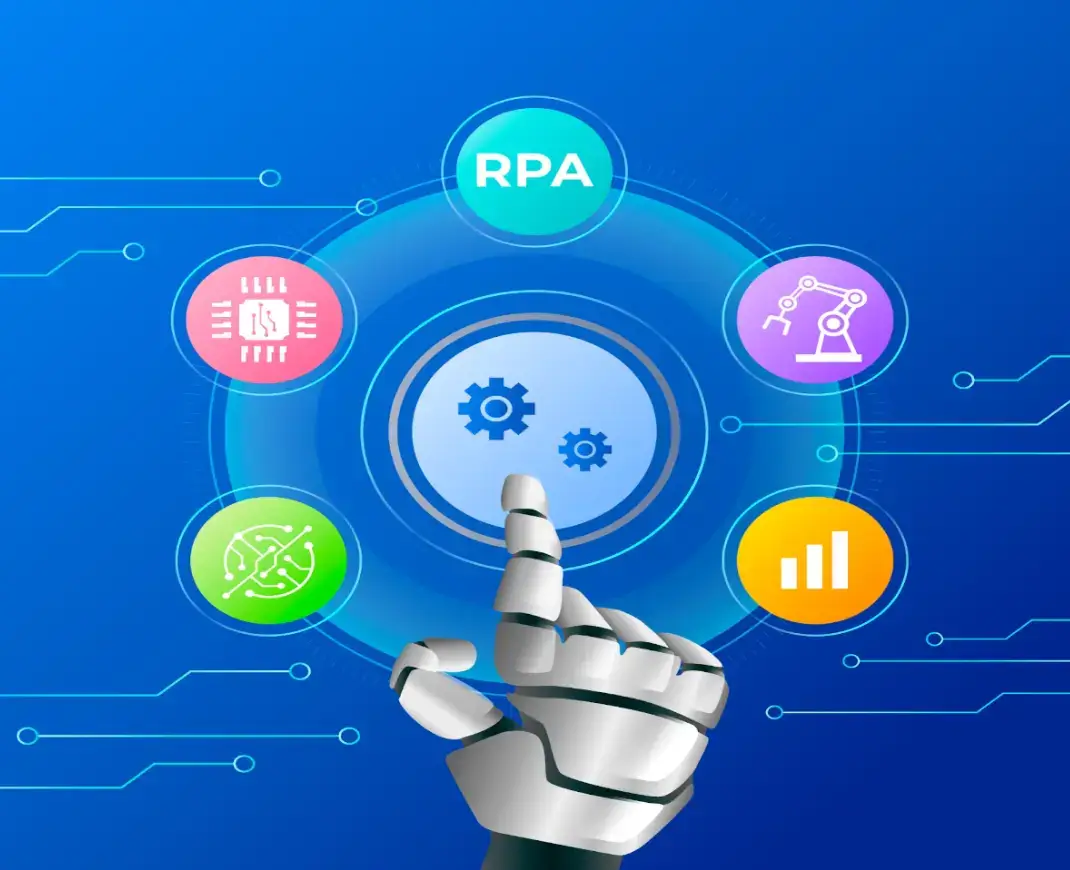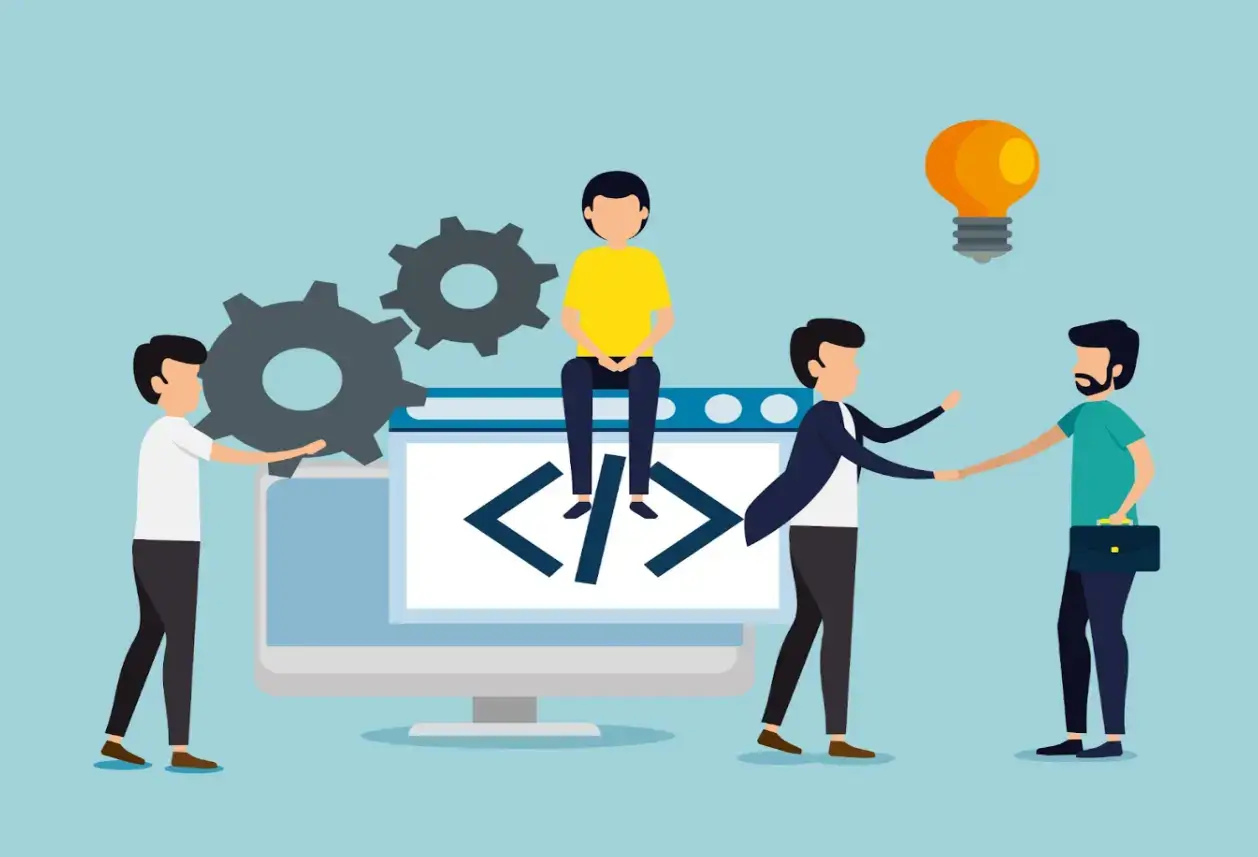We are already halfway through 2025, and as a result, the world of AI and machine learning is changing rapidly. Especially when it comes to developing large language models, or LLMs, this blog dives into what makes the top AI teams so successful today.
By looking at the latest innovative strategies, unique methods, and tools that enterprises use today can we distinguish the reason why LLMs are trending today and complimenting AI in the best possible way.
Let's dive into how the leaps in AI development and LLM adoption are helping enterprises to explore new possibilities with large language models.
If you are an AI practitioner, a product manager, a marketing person, or a professional curious about the LLM product development secrets, you are in the right place.
This blog is packed with useful insights and some cutting-edge strategies that are steering the next wave of AI innovations.
In this article:
- Deployment Strategies for Scaling LLM-Based Solutions
- How Top Teams Build LLM Applications
- Fine-Tuning LLMs for Product Lifecycle Optimization
- Must-Have LLM Development Tools in 2025
- Future Outlook: The Next Wave of LLM Innovation

Deployment Strategies for Scaling LLM-Based Solutions
Using large language models effectively takes some thoughtful planning. There are a bunch of strategies to make sure these models can scale up and perform well:
- Infrastructure Considerations: Verify infrastructure requirements mandatory for deploying large language models (LLMs), including cloud services, on-premises servers, or hybrid solutions.
- Model Optimization: Making large language models (LLMs) more efficient for deployment, there are a few key techniques - pruning, quantization, and distillation. Combining these techniques supports the deployment of performance-oriented LLMs.
- Load Balancing: Use load-balancing strategies to distribute incoming requests across multiple instances of the LLM, preventing any single instance from becoming a bottleneck and improving response times.
- API Management: Create robust mechanisms to manage APIs so they can handle large volumes of requests without crashing, including rate limiting, authentication, and versioning to support multiple applications.
- Monitoring and Logging: Establish comprehensive monitoring and logging systems to track LLM deployment performance, enabling quick identification of issues and optimization opportunities.
- Continuous Deployment: Implement pipelines to automate deployment, enabling rapid updates and iterations for LLM-based solutions while minimizing downtime.
- User Feedback Loop: Create mechanisms to collect user feedback on LLM outputs, informing future model training and adjustments and ensuring the solution remains relevant and effective.
How Top Teams Build LLM Applications

Source: Freepik
The development of large language models-based applications has energized the field of artificial intelligence, supporting a range of industry applications.
Being trained on vast datasets, LLMs can understand and generate human-like text, making them invaluable for tasks such as customer support, content creation, and data analysis.
Today, organizations acknowledge the power of LLMs and seek professionals with capabilities to design, manage, and maintain LLM-based applications.
Hiring LLM developers helps to get acquainted with advanced AI. These professionals are adept with the necessary tech skills to follow ethical mandates, which can be a complex task when implementing LLMs.
LLM developers can face concerns like bias in AI, protecting data privacy, and retaining transparency in decisions generated with AI.
Addressing these demands effectively can also help reduce software engineering burnout by distributing responsibility more evenly and setting clearer standards for complex AI work.
When companies invest in skilled LLM developers, they are not just looking for effectiveness but also responsibility and adherence to best practices in AI development.
Fine-Tuning LLMs for Product Lifecycle Optimization

Source: Freepik
Fine-tuning large language models (LLMs) plays a crucial role in the generative AI product lifecycle by enhancing the model's performance on specific tasks.
This process involves adjusting the pre-trained model's parameters using a task-specific dataset, allowing the model to understand better and generate relevant content:
- Enhanced Customization: Fine-tuning large language models enables organizations to personalize responses based on their industry or values. It’s like being able to personalize a service to meet users' actual needs.
- Improved Performance: Fine-tuning language models makes a huge difference for professional teams, enabling them to derive feedback and improve performance. For instance, helping out with customer questions, creating content that's interesting to read, and even making ads that feel like they are just for you.
- Reduced Bias: Fine-tuning is a great way to address biases that arise in pre-trained models. When organizations carefully curate their training data and prioritize diverse and representative datasets, they can develop generative AI products that are not just smarter, but also fairer and more inclusive.
- Faster Adaptation to Changes: Fine-tuning helps large language models with all the new trends, the latest buzzwords, and what users actually want. Being able to adapt like this keeps generative AI products relevant, especially when there’s so much competition.
- Cost Efficiency: Fine-tuning can be a more cost-effective approach compared to training a model from scratch. Organizations can leverage existing pre-trained models and invest resources in fine-tuning, which can lead to faster deployment and reduced operational costs in the product life cycle.
Must-Have LLM Development Tools in 2025

Source: Freepik
As businesses continue to change and adapt in this digital age, Large Language Models are poised to make a big difference. They have the potential to improve how companies operate and connect with their customers.
Looking ahead to 2025, a series of LLM development tools are going to be must-haves for any flourishing business:
- Advanced Natural Language Processing Frameworks: By 2025, businesses are going to tap into advanced NLP frameworks. These tools will help them understand and generate human language in a much more nuanced way. Deep learning techniques will provide clarity in understanding the context and sentiment analysis. This will actually make customer interactions more meaningful and effective.
- Customizable Model Training Platforms: Enterprises will increasingly adopt platforms that enable the customization of language models to meet specific industry needs. These platforms will provide tools to fine-tune pre-trained models with proprietary data, ensuring outputs are relevant and aligned with business objectives.
- Integration with Business Intelligence Tools: LLM development tools will be designed to integrate with existing business intelligence (BI) systems seamlessly. This integration will facilitate the extraction of insights from large datasets, enabling organizations to make data-driven decisions and enhance operational efficiency.
- Robust Security and Compliance Features: With all the buzz around data privacy these days, it's clear that tools for developing large language models will comply with relevant mandates and rules to operate ethically in the long term.
- User-Friendly Interfaces for Non-Technical Users: More people can use really smart language tools, and the programs that help us build them will have simple, user-friendly designs. This means that even if you are not a tech genius, you will be able to make and use these language models in your day-to-day work.
Future Outlook: The Next Wave of LLM Innovation
Looking ahead to 2025, these AI-supportive LLMs are gleaming with innovation. They foresee empowering various sectors, such as education, healthcare, and even entertainment, by providing insights and knowledge that were once highly relevant to sci-fi.
As we keep moving forward with natural language processing, these large language models (LLMs) are really stepping up their game. They are getting better at understanding and creating text that feels more like it’s coming from a real person.
Conclusion
In closing, professionals and users should consider the potential impact of these large language models before relying on them entirely.
Sure, innovations will continue to fine-tune LLMs and generative AI for product development, making our lives easier. Still, they can also raise important questions about privacy, job security, and what it means to be human.
We, being professionals with active brains, should verify whether these AI systems are fair and reliable, and how we can maximize the benefits of using LLMs to our professional advantage.
Frequently Asked Questions (FAQs)
1. What are top AI teams doing differently in 2025?
They’re focusing on domain-specific fine-tuning, multi-agent orchestration, and human feedback loops to build reliable, high-impact LLM products.
2. How are teams improving LLM accuracy and reducing hallucinations?
By combining LLMs with Retrieval-Augmented Generation (RAG) and robust prompt engineering, teams ensure outputs are grounded and trustworthy.
3. Are companies still building their own LLMs from scratch?
Most use foundation models and fine-tune them for specific needs, avoiding the high cost and complexity of training full-scale models.
4. What roles are essential in modern LLM product teams?
Teams typically include ML engineers, prompt engineers, AI-savvy PMs, and legal experts to balance innovation with safety and compliance.
5. What tools are leading teams using to build LLM-powered apps?
Frameworks like LangChain, LlamaIndex, and Pinecone are popular for building scalable, context-aware AI applications.

Author Bio
Anand Subramanian is a technology expert and AI enthusiast currently leading the marketing function at Intellectyx, a Data, Digital, and AI solutions provider with over a decade of experience working with enterprises and government departments.


